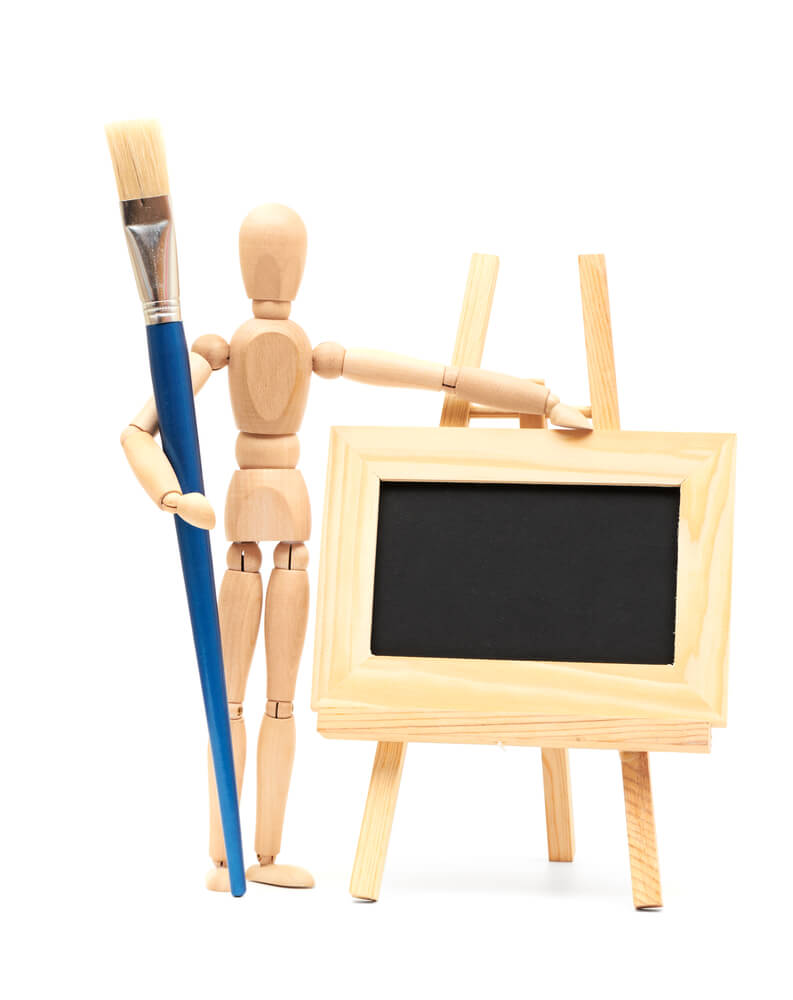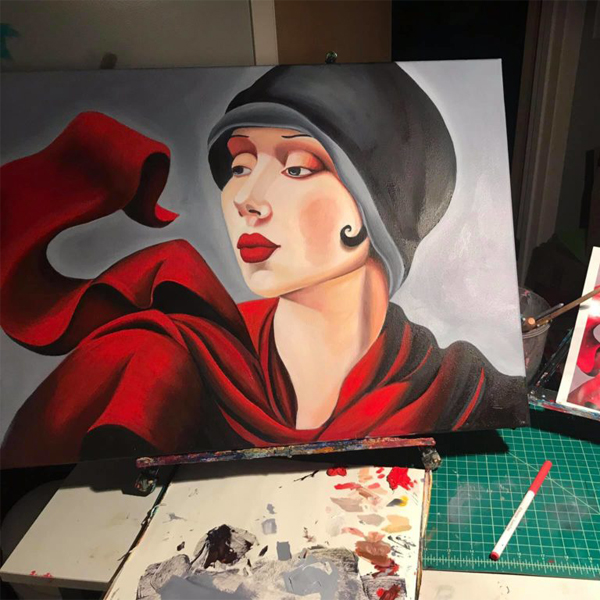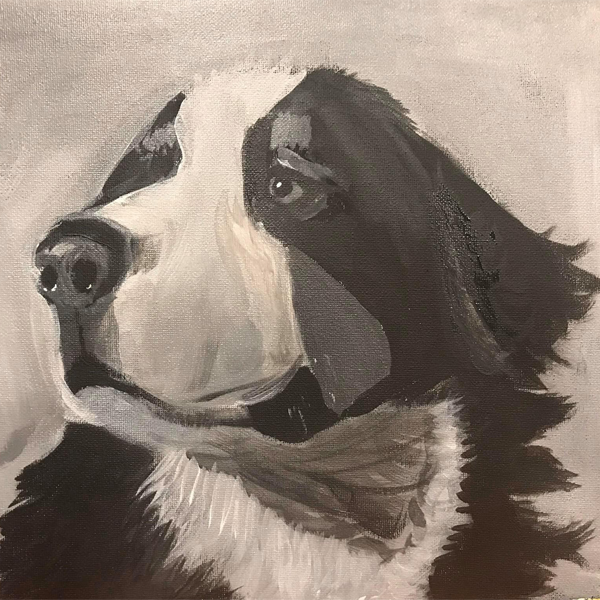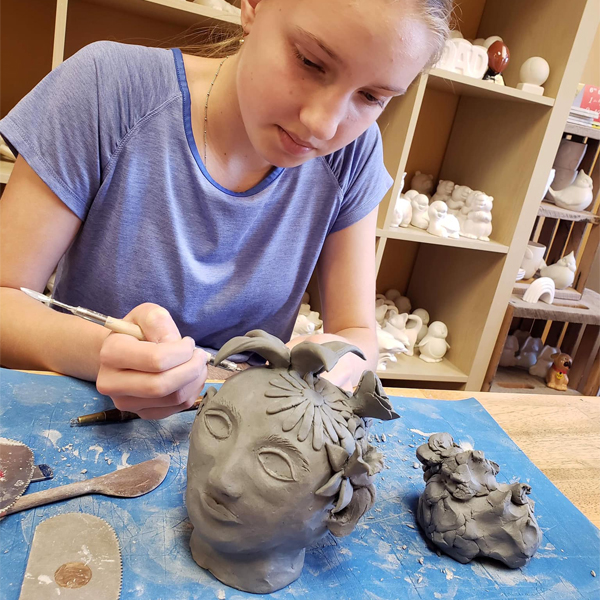Dear parents,
If you feel your child need basic instruction on the elements of art to unlock his or her creativity – Artishock 1 is for you!
The lessons and method are based on training children to perceive their environments in terms of five elements of shape. By visualizing or “overlaying” objects with combinations of these basic shapes, children can quickly begin to draw impressively (or accurately?) and then go beyond this step to creating their own compositions. Lessons progress from learning and constructing the five elements to drawing “flat” pictures, then 3-D still lives.
Starting with a variety of exercises in value, shape, line and form, and then expanding into composition and light source, they will learn to appreciate common everyday scenes with new eyes. They will work from still life, different objects. Learn how to make a multitude of colors using your six basic primary and secondary colors. Students will learn at a young age how to keep a journal of their drawings as a record of their growth. Join the fun and learn the basics.
The basic introductory format is composed of three essential components of visual art:
1. Form (shape)
2. Size (mass, scale)
3. Placement (relationships)
Introduction to Still life, Landscape, Portrait. Animal Drawings.
Four basic elements (color, pattern/design, line/shape, and texture) are included in this volume with lessons highlighting specific concepts within each area.
Concepts: primary colors, secondary colors, color values, black and white, contrast, warm vs. cool colors, complementary colors, tertiary colors, and the color spectrum. As children explore the concept of secondary colors, they complete a color wheel, play a color memory game, experiment with mixing colored water and mix graduations of color using tempera paints.
When they explore repetition in texture, they use repeated line and shape to create texture, create a textured abstract still life with colored pencils, and construct a textured landscape mural with crayons and textured surfaces. Each section also references selected fine art examples that you can use to illustrate the concept.




